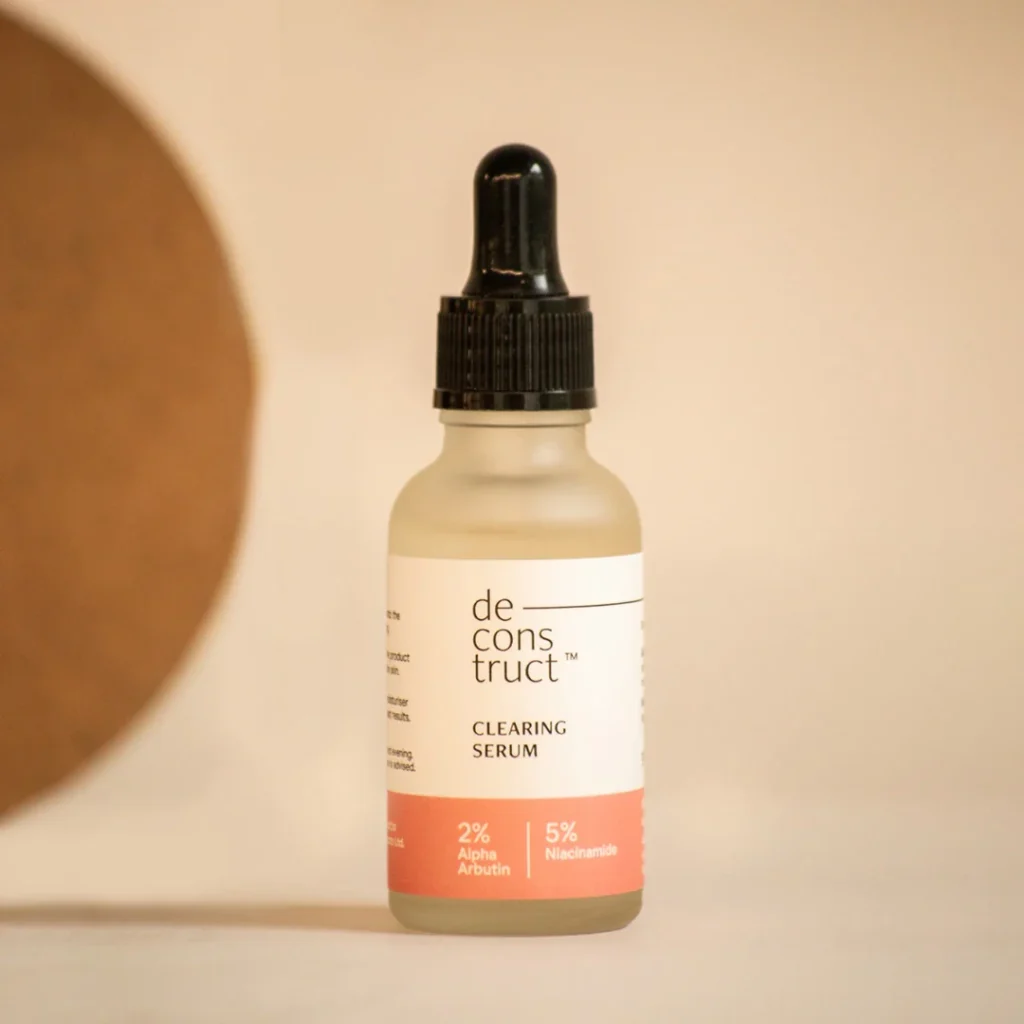If you have oily skin, finding the right skincare ingredients can feel like a constant battle between fighting shine, clearing breakouts, and keeping your pores under control. That’s where niacinamide comes in — a powerhouse ingredient loved by dermatologists for its ability to regulate oil, minimize pores, and improve skin tone without irritation. But to get the best results, it’s crucial to know how and when to use niacinamide serum in your daily routine.
In this post, we’ll walk you through everything you need to know to effectively use niacinamide serum for oily skin.
What Is Niacinamide, and Why Is It Good for Oily Skin?
Niacinamide (also known as Vitamin B3) is a water-soluble vitamin with a wide range of skin benefits. For oily and acne-prone skin types, it’s especially helpful because:
- It regulates sebum (oil) production
- Helps shrink the appearance of pores
- Reduces redness and inflammation
- Strengthens the skin barrier
- Improves uneven skin tone and dark spots
Unlike harsher ingredients like acids or retinoids, niacinamide is generally well-tolerated and non-drying — a big plus for oily skin that still needs hydration and balance.
Step-by-Step: How to Use Niacinamide Serum in Your Routine
Step 1: Cleanse
Start with a gentle, non-stripping cleanser to remove dirt, oil, and impurities. Choose a formula that’s:
- Sulfate-free
- Gel-based or foaming
- Designed for oily or acne-prone skin
Example: CeraVe Foaming Facial Cleanser or La Roche-Posay Effaclar Purifying Foaming Gel
Step 2: (Optional) Toner
If you like using toner, opt for an alcohol-free, balancing formula. Hydrating or exfoliating toners (with ingredients like PHA or witch hazel) can prep the skin for better serum absorption.
Step 3: Apply Niacinamide Serum
While your skin is slightly damp, apply a few drops of niacinamide serum and gently pat it in with clean fingers. You don’t need much — just enough to lightly coat your face.
Pro Tip:
Look for serums with 5% to 10% niacinamide. Higher concentrations may be more irritating, especially if you’re new to it.
Good options:
- The Ordinary Niacinamide 10% + Zinc 1%
- Paula’s Choice 10% Niacinamide Booster
- Naturium Niacinamide Serum 12% + Zinc 2%
Step 4: Moisturize
Even oily skin needs moisture! Choose a lightweight, non-comedogenic (won’t clog pores) moisturizer that hydrates without leaving a greasy feel.
Look for: Gel creams, oil-free formulas, or products with hyaluronic acid and ceramides.
Step 5: Sunscreen (Morning Only)
If you’re applying your skincare in the morning, never skip sunscreen. Niacinamide can help repair damage, but SPF helps prevent it in the first place.
Choose:
- SPF 30 or higher
- Oil-free or mattifying sunscreens made for oily skin
Should You Use Niacinamide Serum Morning or Night?
You can use niacinamide serum once or twice a day — it’s gentle enough for both. If you’re just starting out, try it once daily (evening) and gradually increase to morning and night.
Can You Mix Niacinamide With Other Ingredients?
Niacinamide is very versatile and pairs well with most ingredients, including:
- Salicylic acid (BHA) – great for oily, acne-prone skin
- Hyaluronic acid – boosts hydration
- Retinol – helps prevent irritation and supports skin renewal
Be cautious when layering with strong actives like vitamin C (ascorbic acid), as it may cause irritation for sensitive skin — though newer research suggests it’s generally safe to use together.
Common Mistakes to Avoid
- Using too much serum: A few drops go a long way.
- Skipping moisturizer: Even oily skin needs hydration to stay balanced.
- Using too many actives at once: Overloading your skin can cause irritation or breakouts.
Final Thoughts
Niacinamide is one of the most effective and gentle ingredients you can add to your oily skin routine. Whether you’re dealing with shine, large pores, or acne, it helps balance your skin without stripping it. A great option to try is the Deconstruct Niacinamide Serum, which is known for its lightweight texture and suitability for oily skin. Just be consistent — results typically show within 2 to 4 weeks of regular use.

